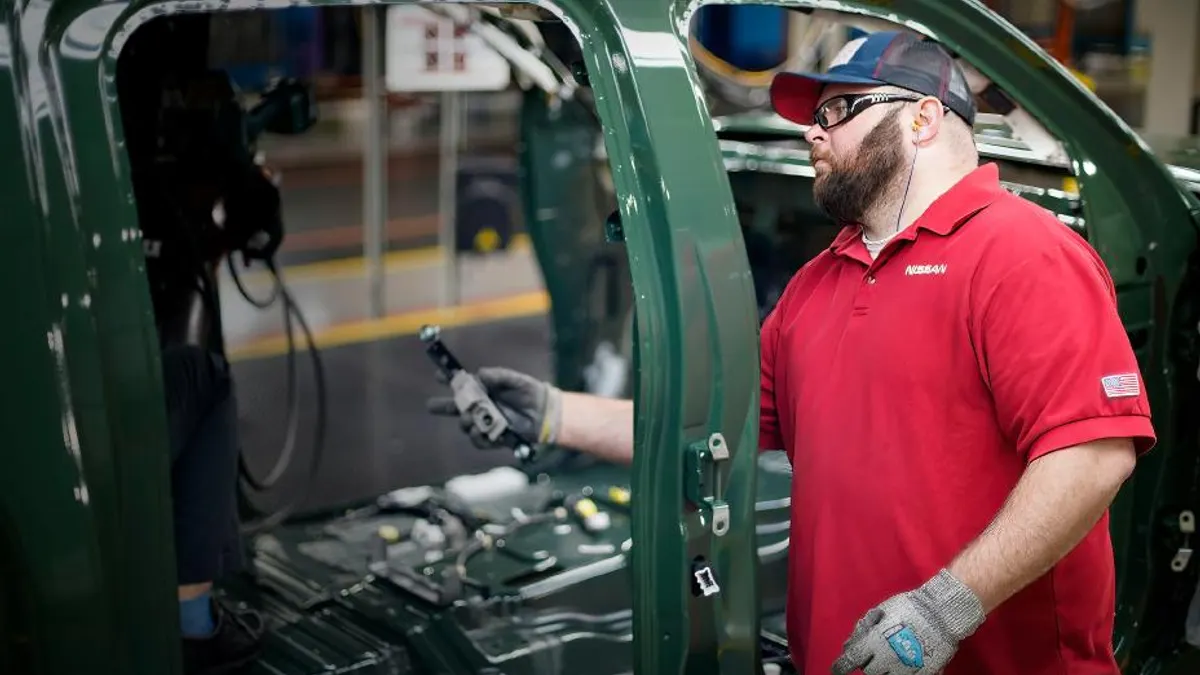A high performing cross-functional sourcing team can support the procurement department in its efforts to locate new sources of supply and solve a range of complex supplier related problems. Members of this team can come from such functions as finance, quality, manufacturing, planning, logistics, field service, engineering and research and development.
These subject matter experts often have a tangential connection to the supplier community in their daily jobs. Their collective strength lies in their functional skills, providing a multiplier effect of technical and business knowledge that expands the range of expertise of the procurement department.
A financial cost accountant is familiar with building and analyzing financial models that would help in negotiations. The manufacturing engineer is a problem solver who works closely with operations to overcome manufacturing related problems. Planners have visibility to production schedules and inventory levels. Field service engineers have direct feedback from customers on performance and service issues that can be valuable to procurement and suppliers alike.
Managing a cross-functional sourcing team can be a challenge for the procurement leader given the diversity of team members, their variable understanding of the procurement process and their ability and commitment to work well in a team-based approach.
As with any cross-functional team, their efficacy matures over time as members become more familiar with the supplier community and their role in the team's management.
Here are four ways to increase sourcing team effectiveness.
1. Own the process
The leader of the sourcing team is based in procurement and is legally and functionally responsible for the commercial relationship with the supplier. It is up to the procurement leader to coalesce input and recommendations from team members into effective sourcing and supplier support decisions.
At the end of the day, the procurement department has the ultimate responsibility for supplier performance.
2. Find the right mix of people
One of the joys of working in procurement is the opportunity to work with a variety of people across functions in the company. Procurement executives are professional relationship builders, allowing them to identify potential members of the core sourcing team and be aware of the range of potential subject matter experts.
The best sourcing teams have members who over time have turned into strong colleagues and even friends. They understand each other, respect personal and professional boundaries and learn from each other.
Work with the key group and add specific expertise as the need arises to maintain flexibility and reduce burnout.
Colleagues who comprise the cross-functional sourcing teams typically have other job responsibilities and are often on loan for a defined period of time, or for the duration of the project. Adjust to the realization of competing priorities and internal politics impacting their schedules and commitments. Be flexible and ready to adjust to a changing cast.
3. Train the team members in procurement
Just as procurement professionals depend on experts from other fields, they need to demonstrate their knowledge to others. As procurement professionals, it is important to train the team members on the intricacies of the procurement process and the unique needs of working with suppliers.
Still, the team leader has the overall responsibility for the supplier and should control all flow of information to and from the supplier. Sourcing team members should not negotiate directly with a supplier, make commitments to purchase or work beyond their scope of responsibility or authority.
4. Let the team mature naturally
Over time, confidence may develop within the sourcing team that allows for individual members to work directly with suppliers without the direct oversight of the procurement leader. Some members of the team may establish relationships with suppliers, often in aligned functions.
Long-term sourcing projects, like outsourcing a manufacturing line or finding suppliers to support a new product, require a long ramp up process to get suppliers running at full speed. In some cases, the sourcing team leader may deploy members to visit suppliers and solve problems. Establish a simple communication protocol within the sourcing team to maintain an accurate flow of information.
For the optimum cross-functional sourcing team, identify a core group of colleagues from aligned functions who want to work together, add specific expertise as needed and create an interesting and fulfilling environment. Soon colleagues will clamor to get on your team.
This story was first published in our weekly newsletter, Supply Chain Dive: Procurement. Sign up here.





















